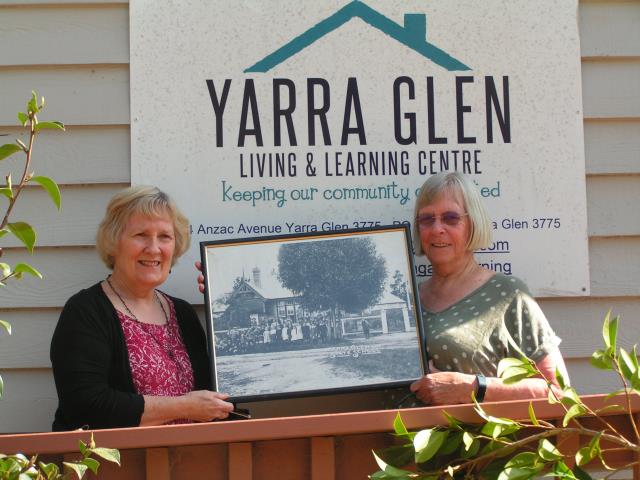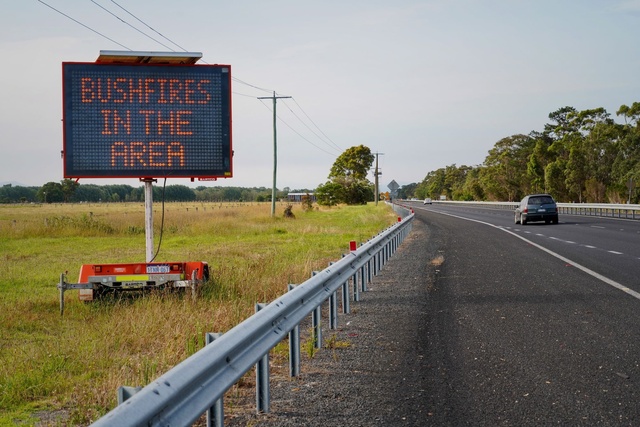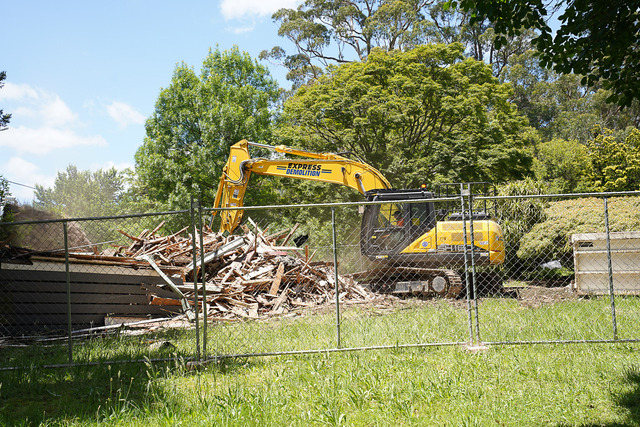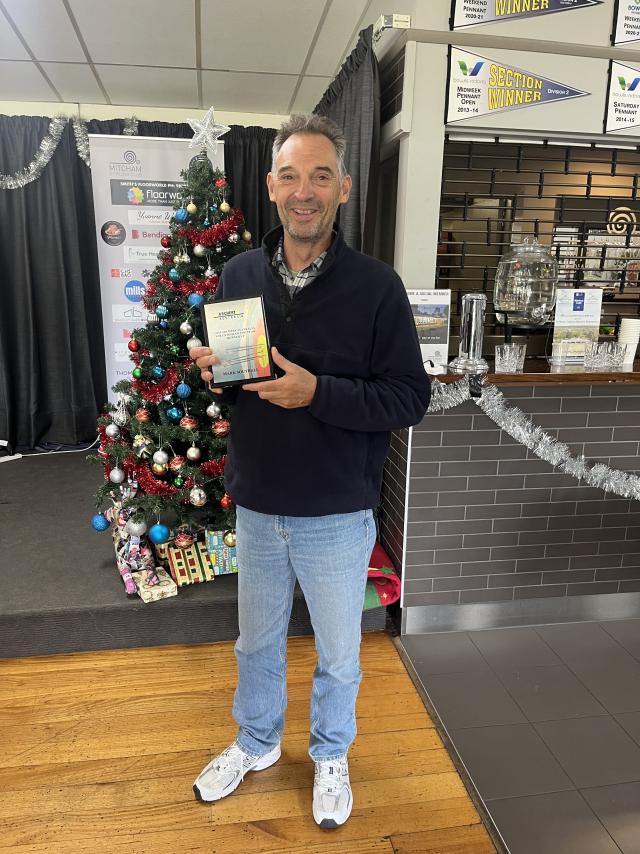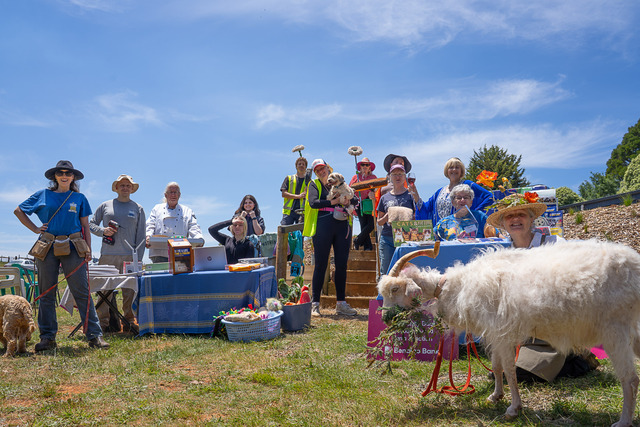In 1907 Dr Henry Vogler commenced medical practice at Yarra Glen, Queenstown and Kangaroo Ground, having graduated from the University of Melbourne in 1906 aged 32.
He and his family took up residence in the building which was formerly the Colonial Bank Building, on the corner of Bell Street and Armstrong Grove.
Vogler’s residency coincided with the appearance of motor vehicles. For several decades these vehicles were to share the roads with horses, both ridden and driven, particularly in country areas.
William Gordon’s horse shied as a vehicle passed and Gordon fell from the horse when the saddle slipped.
Gordon was knocked unconscious and Dr Vogler subsequently diagnosed that he had a fractured skull.
The patient was taken to Melbourne by train and admitted to hospital.
He died within 24 hours without recovering consciousness.
Bicycles were also a very popular form of transport at this time. Mr W. Cumming, an employee of the Metropolitan Board of Works, was riding his bicycle along the aqueduct when the fork of his machine broke, throwing him heavily to the ground, breaking his shoulder-blade and causing a number of bruises.
He was also attended by Dr Vogler.
In December 1908, Dr Vogler was called to testify in court when Thomas Chapman, aged 68, appeared in the Lilydale Police Court charged with having assaulted two girls aged nine and 11 years, and another girl of 13 years.
Chapman was a married man who lived in Christmas Hills. It is alleged that he intercepted the girls on their way to school and their parents were told of the incidents by another girl.
The girls were examined by Dr. Vogler, who expressed the opinion the accusations were true.
The thriving timber industry at the time was one of considerable danger.
A man named Smith was working at the Australian Hardwoods Mill in Toolangi in May 1911 when his fingers were caught in a saw.
He was taken to Dr Vogler who dressed the wound, and then he went on to Melbourne Hospital.
Only a month later James Pitcher had a fatal accident at the same mill.
He was shunting trucks of timber when the truck, on which he was riding, overturned down a sharp gradient and he was pinned under the load.
Severely injured, he was driven fifteen miles to Yarra Glen under very trying conditions due to rain and a swollen river.
He lost consciousness and passed away the next morning.
A young man in the community, a son of Jim Lawrey of Kinglake, was carrying a loaded gun which exploded damaging two fingers, one of his legs and his face.
He was taken to Dr Vogler who dressed the wounds and then Lawrey was taken to Melbourne for more treatment.
Another gun accident happened in Christmas Hills in February 1913.
Mabel Wilson aged 20, was in a shooting party when the gun she was carrying exploded as she was climbing over a fence.
The full charge of shot lodged in her chest. Mabel was taken to Melbourne by the evening train and conveyed by ambulance to the Melbourne Hospital.
Three weeks later she returned to her mother’s home, apparently making a good recovery despite the fact that the doctors decided not to remove the bullet.
Dorothy Evans (aged 11) and her younger sister were riding home from school when their pony shiedand threw them both off.
Dorothy’s arm was broken and was set by Dr Vogler.
Her sister was just bruised and shaken.
In the same month Teddy Jell (6) fell down some steps at school and broke his left arm.
The potential for accidents at race meetings meant that a doctor was always on the course at such times.
At the Yarra Glen race meeting on 24 April 1912, a horse called Birchip was being ridden by Jack Danaher.
…coming to the first hurdle for the second time round, he made a false jump with the result that he struck the fence with such force as to cause him to turn a complete somersault. … Dr H. H. Vogler was promptly on the scene, and supervised the removal of the prostrate, and to all appearances, lifeless form of Jack Danahar to the steward’s room. Here the doctor and Mrs Vogler, who is an accomplished nurse, did all that medical skill could do to restore animation, with the result that in less than half an hour there were signs of returning consciousness. … Later on, he was placed in an ambulance wagon and conveyed to Watkin’s Grand Hotel, where Dr Vogler will keep him under observation until he is satisfied that his condition would warrant his removal.
Fire and explosives were a constant danger in country life.
On 8 February 1913, a large fire destroyed Scott and Allen’s General Store on the corner of Bell and King Streets.
It made considerable demands on Dr Vogler’s skills, mainly in cases of fainting and minor abrasions.
On another occasion Bert Lithgow suffered a bad eye injury when an acetylene lamp exploded and was treated by Dr Vogler.
In February 1916, Mrs Joanna Tonge of Yarra Glen applied to the Eltham Shire Council to have her premises in Bell Street, Yarra Glen, registered as a private hospital. From 1913 she had advertised as a Ladies Nurse, offering accommodation for ‘Ladies Indisposed’.
Her husband died in December 1915, aged 54, leaving seven surviving children, the youngest of whom was eight years old. One son was serving overseas and another son would enlist in 1917.
As Mrs Tonge only intended to accommodate accident and midwifery patients, and not take cases of infectious disease, her application was granted.
Dr Short, as Health Officer, also recommended that she take no more than three patients at one time.
She ran the hospital, located next door to Dr Vogler’s home on Bell Street, until 1921 when she moved to Harker Street in Healesville.
Dr Vogler left Yarra Glen in 1930 and was replaced for a very brief period by Dr Young.
It was many years before the town had another resident doctor.

